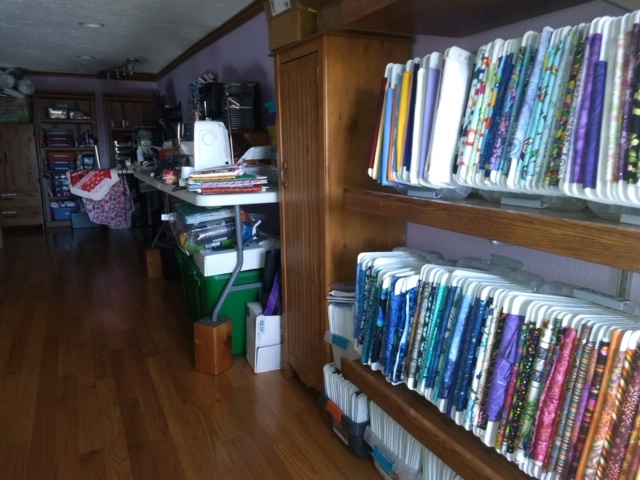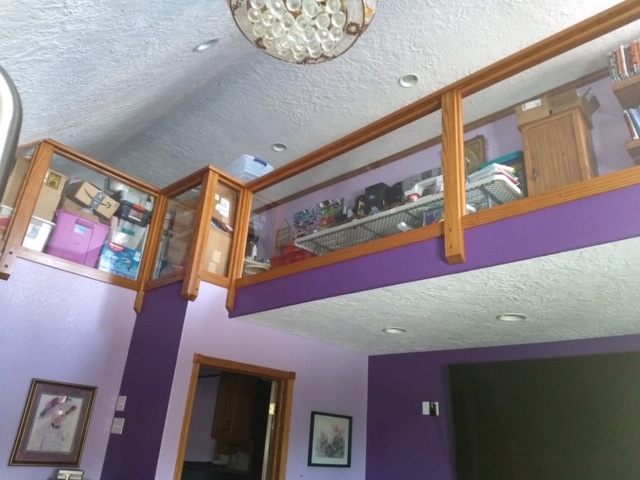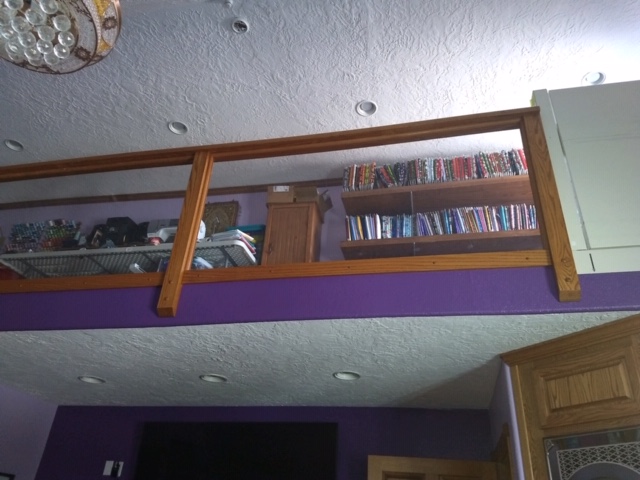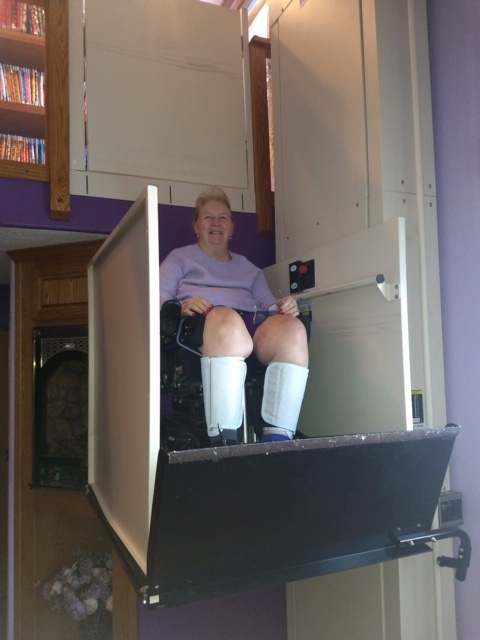A mezzanine is a common design feature found in all types of buildings- very possibly even your new barndominium, shouse or post frame home. Think of a mezzanine as being a lofted area above a room.
International Building Codes outline some basic rules for mezzanines to help determine if it is an intermediate level within the room it serves or if it is considered another story.
A mezzanine is an intermediate level between floor and ceiling of any story. In regards to building codes, mezzanines must comply in accordance with IBC (International Building Code) Section 505.2. (Please note all references in this article are 2018 IBC)
Mezzanines can be great features within a building because they provide an additional floor level without being considered an additional story as long as they comply with IBC Section 505.2. Even though they don’t contribute to “building area” or number of “stories” regulated by IBC Section 503.1, they must still be included within “fire area” calculations when determining need for fire protection systems.
Another important piece of information is they should be constructed of consistent materials according to your building’s construction type per IBC Table 601.
Clear height above and below a mezzanine shall not be less than seven feet.
Total area of a mezzanine within a room shall be not greater than 1/3 floor area of room it is located in (IBC 505.2.1)
Code has some exceptions allowing for a mezzanine to be larger given certain factors such as building’s type of construction and whether the building is equipped with an automatic sprinkler system. IBC 505.2.1 Exception 3 allows for an aggregate area of a mezzanine within a dwelling unit with an approved automatic sprinkler system which can be up to ½ floor area of the room it is located in.
Means of egress (exits) for mezzanines shall comply with applicable provisions of IBC Chapter 10.
A mezzanine acts like a room or space as it has an occupant load. This occupant load must have correct existing parameters per IBC Chapter 10 (egress chapter). IBC Table 1004.5 provides for maximum floor area allowances per occupant. For R-3 (residential) occupancy purposes, this occupant load factor would be 200 square feet per occupant.
A mezzanine shall be open to the room in which it is located, except for walls not more than 42 inches in height.
Code does also provide some exceptions related to mezzanine “openness”. If you meet these exceptions, your mezzanine would not be required to be open. One exception would be if the mezzanine occupant load is not more than 10 (IBC 505.2.3 Exception 1) and another is if it has at least two exits (IBC 505.2.3 Exception 2). In either case you could have an enclosed mezzanine space.
Photos are of the mezzanine within our barndominium. My wife wanted a space within our shouse (shop/house) which would be a totally dedicated space for her sewing and crafts. She has a sign in her sewing loft which clearly states “This is my happy place.” I can tell she is really happy up there as I often can hear her singing along with her favorite rock and roll tunes from the 70’s and 80’s. Lastly, access to her mezzanine is by a wheelchair accessible electric lift system.











